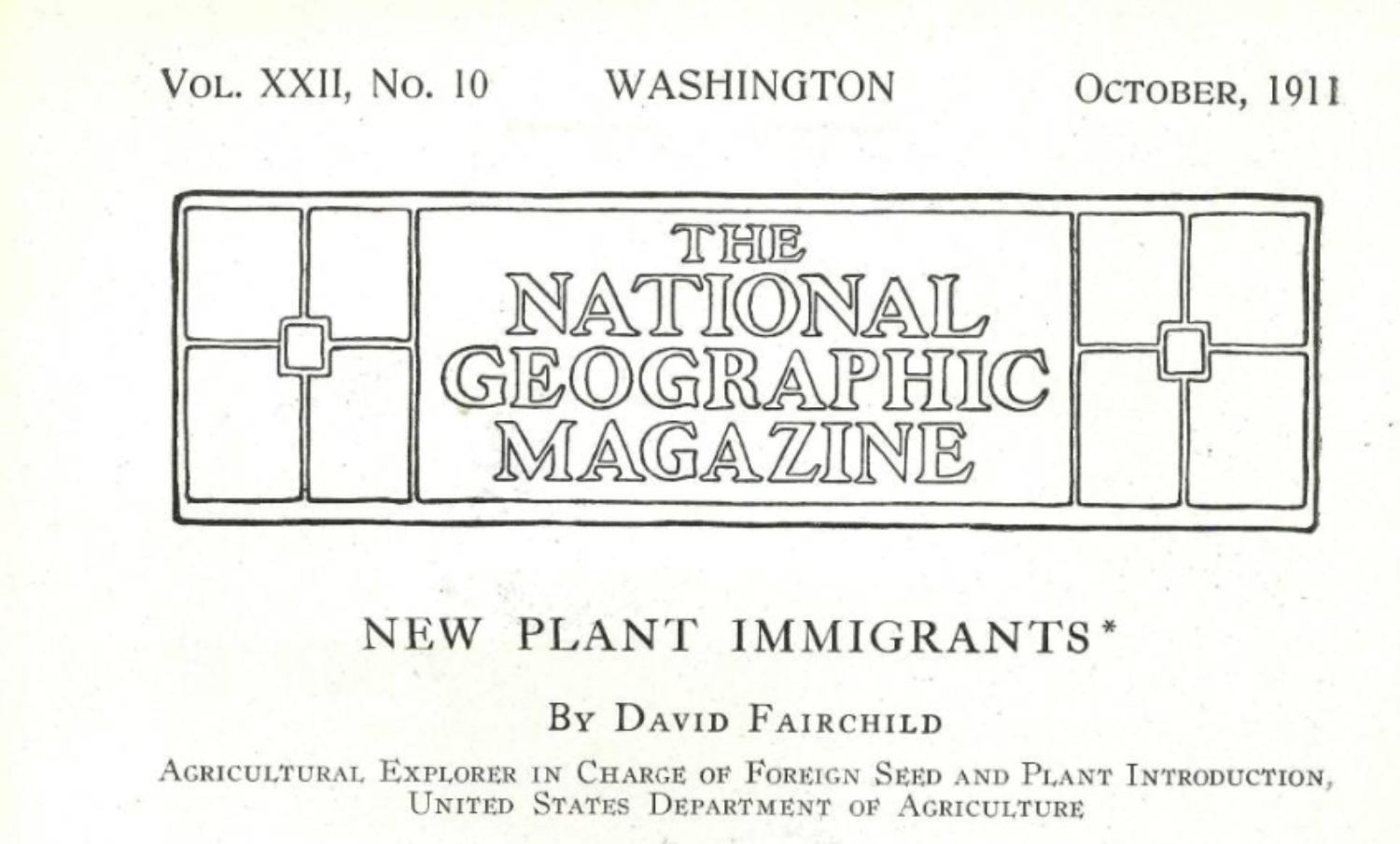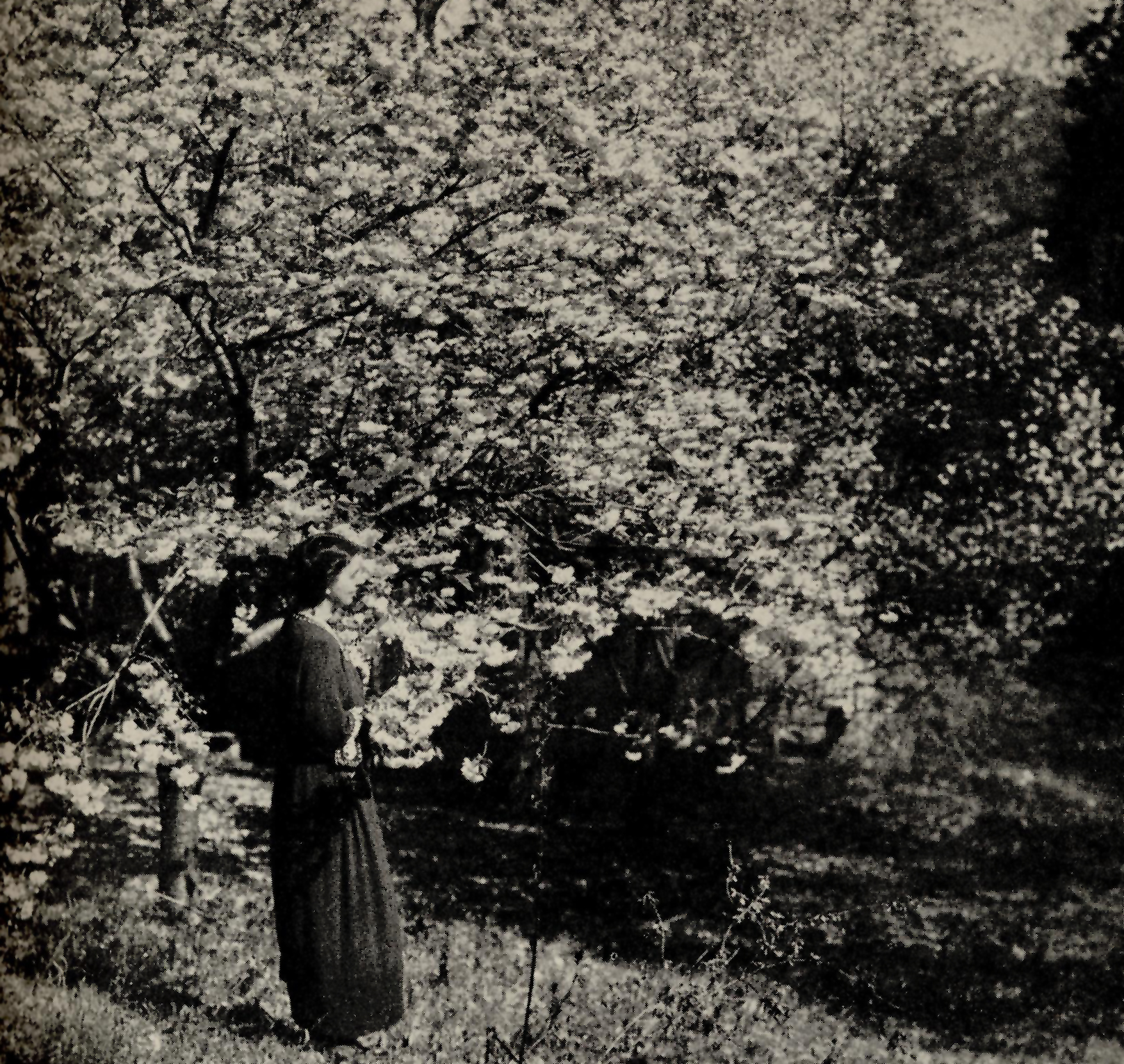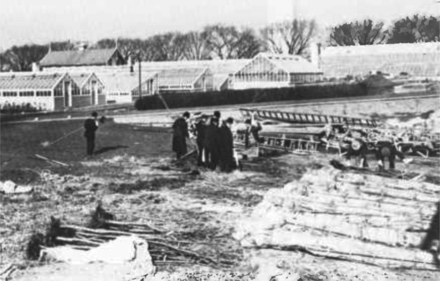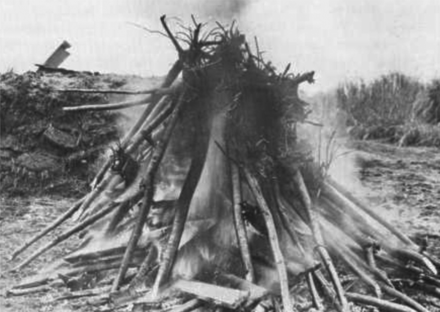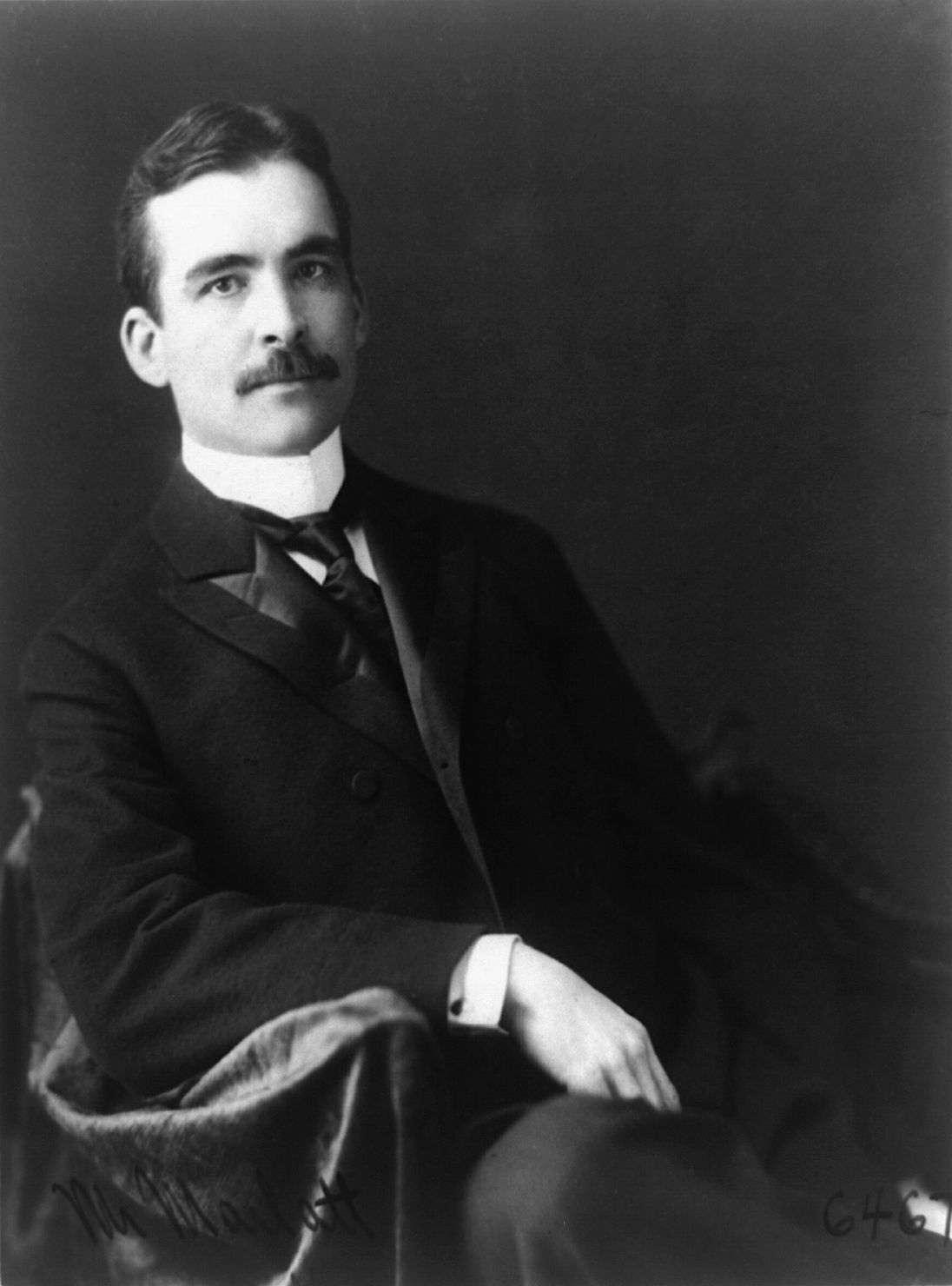
Charles Marlatt (Wikimedia Foundation)
In 1907, Marlatt was tasked with drafting a federal law to restrict plant imports. “In his haste to push the bill through, however, Marlatt had failed to comply with the political rules of Washington, D.C. He never contacted commercial nurseries, the industry that would be most affected by the dramatic policy change. . . . As the legislation was speeding toward final passage, William Pitkin, the nurseries’ top lobbyist in Washington, realized what was going on and moved faster than Marlatt. To delay a final vote, Pitkin asked Marlatt to recall the bill for minor changes. Marlatt . . . agreed. Because of this tactical error, the legislation to restrict foreign plant imports languished in committee for three more years. In the meantime, Fairchild’s plant explorers kept hunting."
(Harris, Fruits of Eden 181-182)
Marlatt remained dedicated to his cause. He wrote in National Geographic magazine about the risks of current and future insect pests. The discovery of a type of fruitfly in Hawaii put the government under enormous pressure to act. President Taft signed Marlatt's Quarantine Act into law on August 20, 1912. Marlatt was appointed chairman of a USDA body, and now he alone could block imports however he saw necessary.
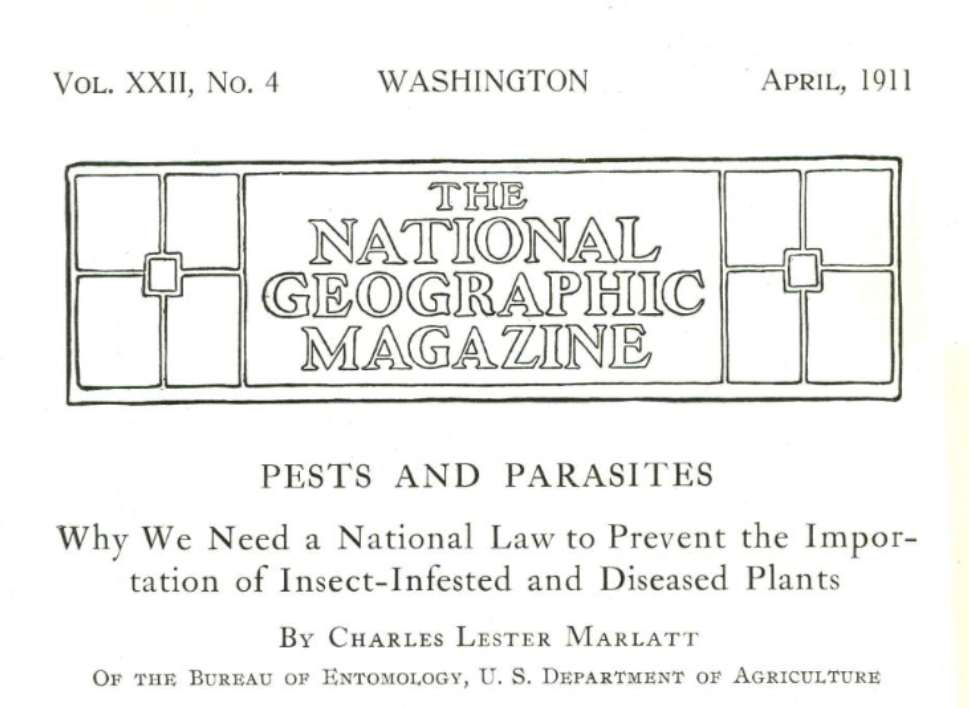
"A properly enforced quarantine and inspection law in the past would have excluded many, if not most, of the foreign insect enemies which are now levying an enormous annual tax on the amounting to several hundred million dollars on the products of the farms and orchards of this country"
~Charles Marlatt (National Geographic, Pests and Parasites, April 1911)

